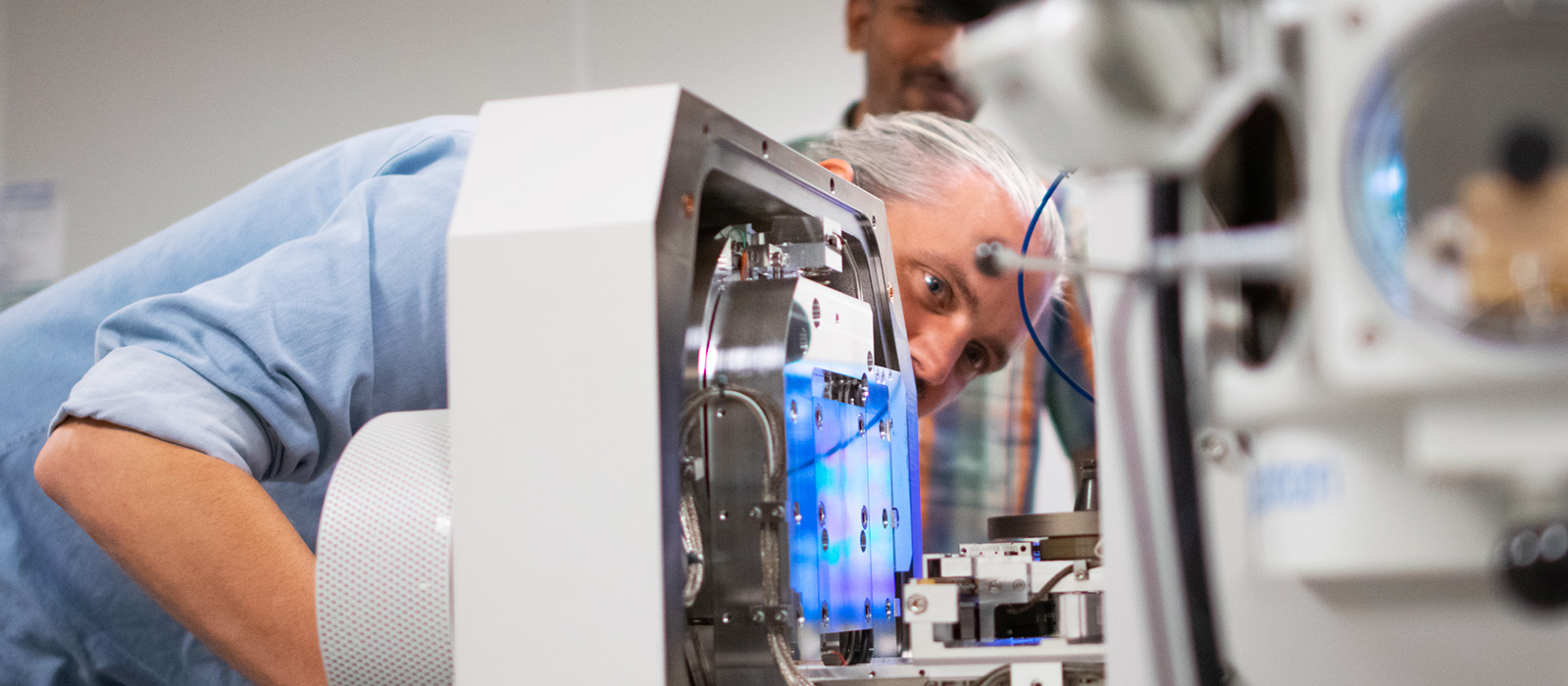Carl Dahlberg, Solid Mechanics

I am currently teaching the undergraduate course in Solid Mechanics for the second year Mechanical Engineering students. The course covers both period 1 and 2 with a busy schedule all the way through to Christmas.
The course consists of 26 lectures, 17 tutorial exercises, 4 diagnostic tests, several seminar problems, a laboratory exercise, a group project and finally the exam after Christmas. I teach the course together with two colleagues (Sören Östlund and Jonas Neumeister) who teach the same course at other programs. Due to Covid-19 the whole course has been transformed to a digital format. Or, I should probably say, is being transformed to digital as it is a continuous effort that is ongoing.
One of the biggest issues for me was the lectures and how they should be done. One option was to record instruction videos and leave them on Canvas. Another option was to give the lectures through zoom at the scheduled timeslots. There are pros and cons with both formats. The biggest upside to pre-recorded material is that the students can access it several times and in their own pace. A big downside is that it reduces the student-teacher interaction to zero. Giving live digital lectures on zoom encourages students to follow along in the lecture series. However, the format is bulky and either a power point talk, me standing in front of a blackboard or sitting with a writing pad has severe limitations compared to the much more animated situation in a lecture room. Not content with any of these formats I opted to do both.
I pre-record the main part of my lecture series in front of two whiteboards. I use the KTH-play platform and post links to the videos on Canvas. I try to split the lectures into smaller segments and prepare some stuff in advance and write out others as the video progress. I have tried to post the videos a couple of days before the scheduled lecture. There was a much more ambitious plan at the start of the semester, but reality caught up with me and now I am just struggling to keep them coming at an even pace (fingers crossed!). On the scheduled lectures there is a zoom meeting where the students can ask questions and I typically do one or two examples on the board and a few experiments/demonstrations I have prepared. Similarly to what other teachers have noted the students do not interact much and the attendance on these meetings have dropped significantly (from about 100 to less than 30). I have a couple of students who dare(?) to ask questions and I try my hardest to encourage them to keep interacting. The idea is to keep these meetings shorter than 2x45 minutes but that does not always happen as everything takes more time over zoom.
So, the downside is less student interaction and a much more time-consuming teaching situation. The upside is that I finally got around to recording some of the more theoretical parts of the course which I will use in the future during “normal” years to be able to focus more on applications/examples during the lectures.
I hope that the students are watching my pre-recorded lectures. The view analytics on KTH play stopped working about two weeks into the semester so I cannot be sure. I have heard though the student-grapevine that they are appreciated. I guess that means at least a subset of the students find them pedagogical and learn something from them.
I must also mention the stellar performance of the teaching assistants! The PhD and master’s students that we use as TA in the course have adapted to the new format without and hesitation. A couple of the more experienced PhD-students took a set of poorly thought out instructions from the teachers and turned that into a plan for how the tutorials could be done. It is now a combined set of instructions videos and online live tutorials where the workload on each individual TA have been significantly reduced. And, most importantly, I had to do almost nothing myself which was a huge relief. If you are reading this – thank you (again)!
The exam will be a standard exam on campus. I guess we’ll know more of how all of this have worked when we see the results – I sincerely hope they are more or less as usual. Perhaps even slightly better!?
In summary I think that the combination between digital and live classroom teaching has a great potential. However, the digital material is challenging to produce such that it really becomes a viable alternative. Right now it is more triage and reactions than planning and proactive actions. I feel a bit like the main protagonist in that famous novel by Albert Camus…

